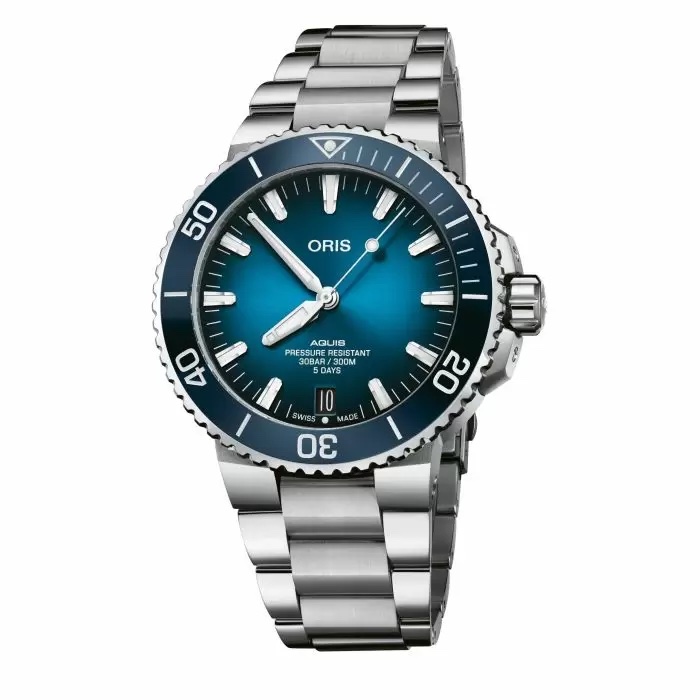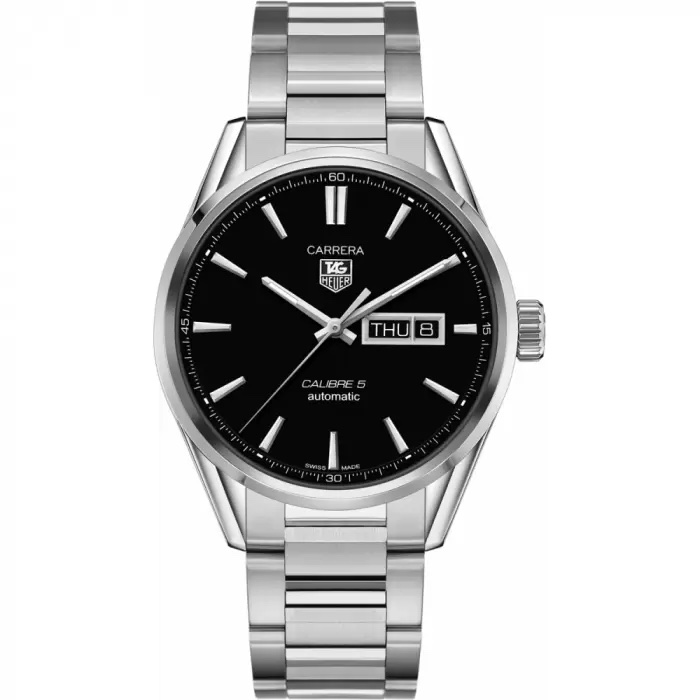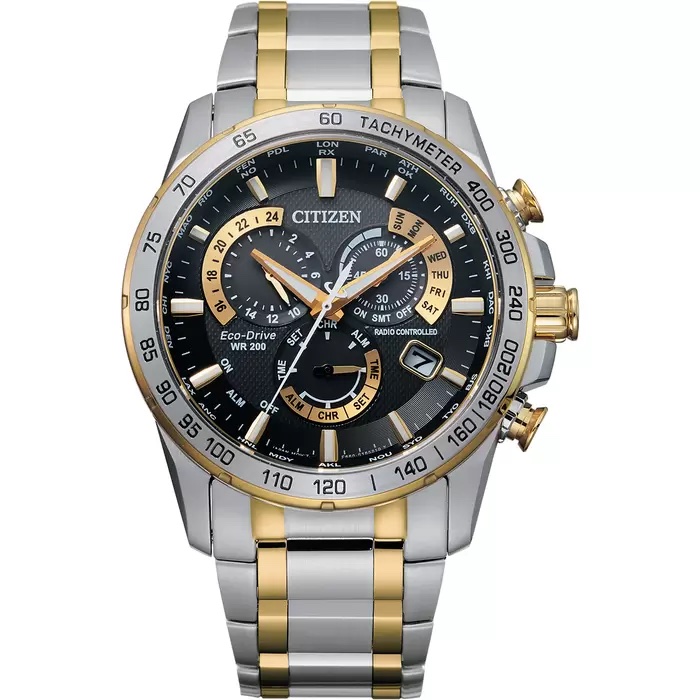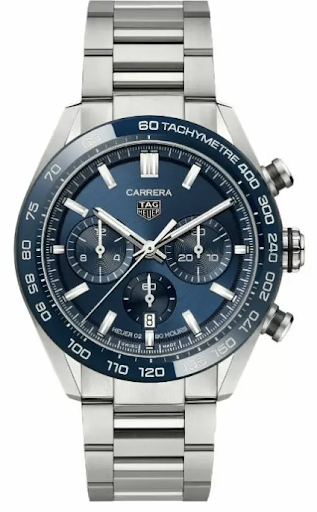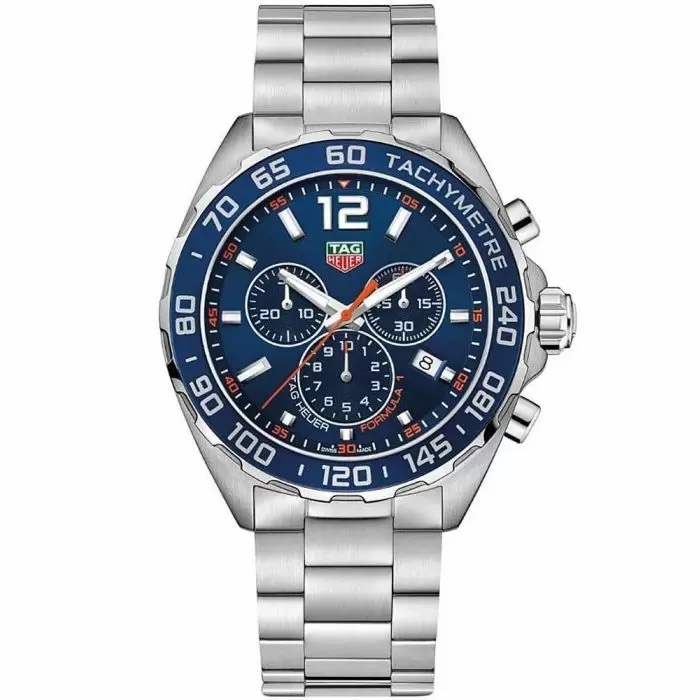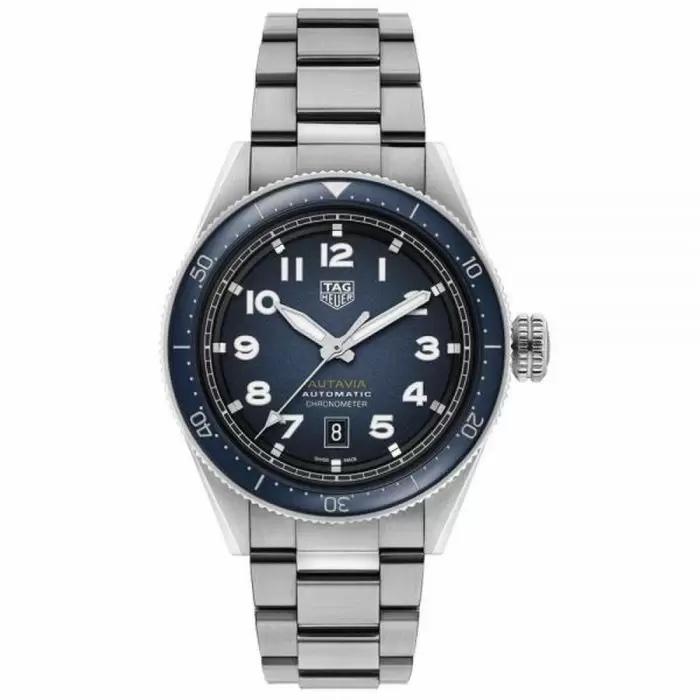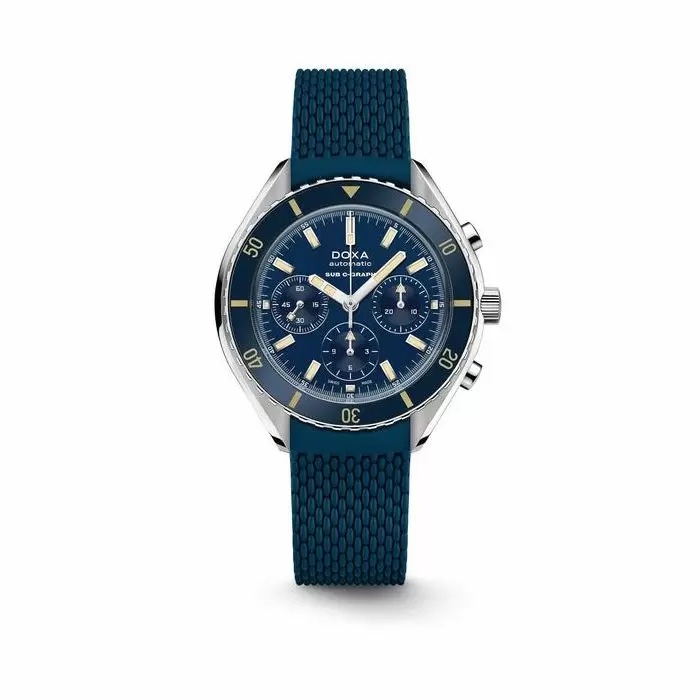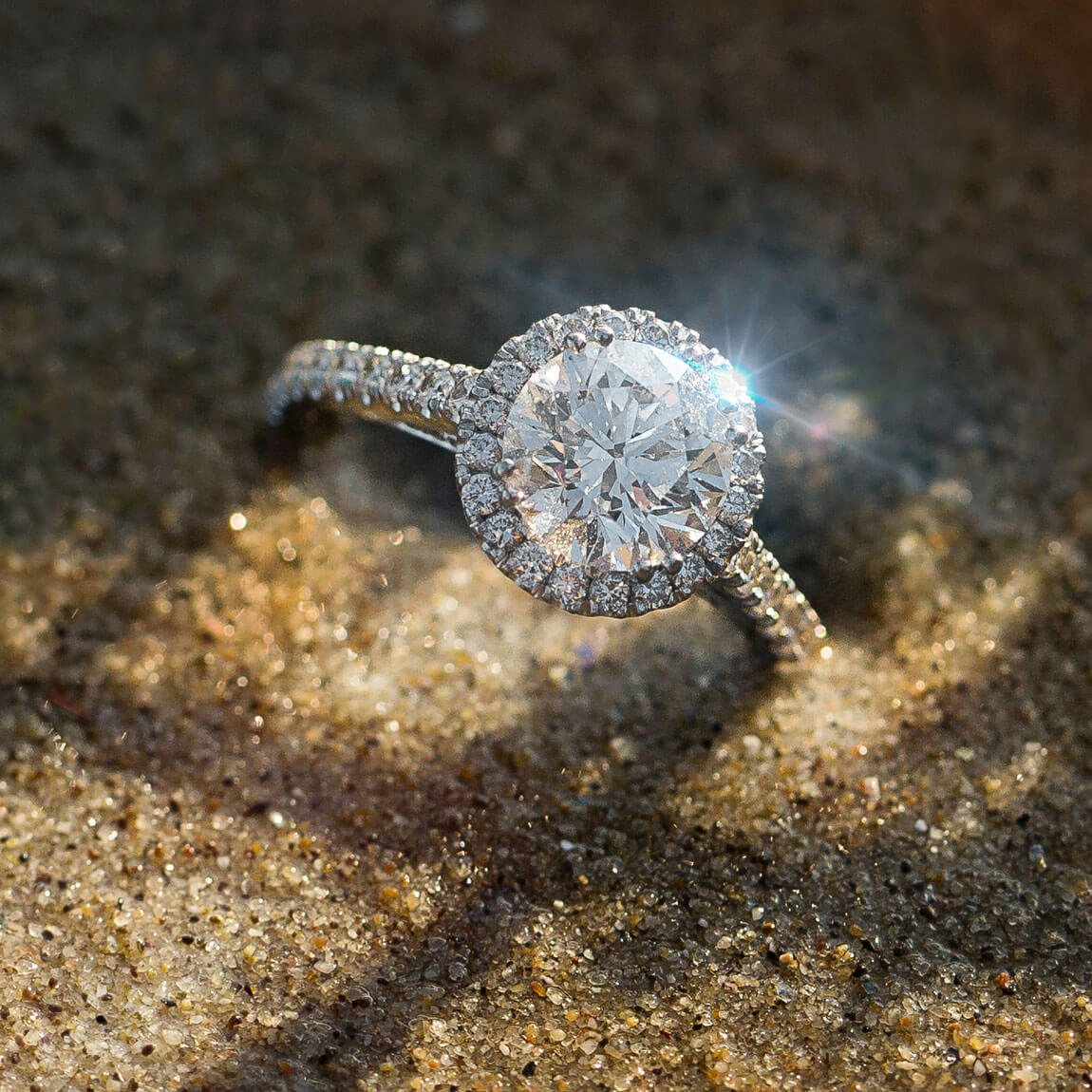Watch Complications Made Simple - Your Ultimate Guide
Watches come in all colours, shapes, sizes, models and designs. Choosing the right one for either yourself or someone else can be overwhelming especially when faced with all the added technological jargon that follows a timepiece. In this guide, you will learn all the important terms needed when choosing a wristwatch, helping you familiarise yourself with the world of horology, understanding terms from tourbillon to tachymeter.
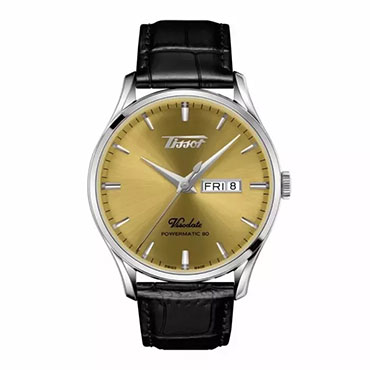
What is a watch complication?
A watch’s primary function is to tell the time. However, as anyone who has ever shopped around for a luxury timepiece will know, watches can do so much more than this basic task. The additional features and functions of a watch are called ‘complications’.
Watch complications can range from stopwatch functionality and date displays to tachymeters and diving bezels, which are tailored to specific sports and activities. Clearly, there are many to choose from, with some even being the deciding factor between different options.
So, to help you make the right choice, here is a breakdown of some of the most common watch complications...
Date
Perhaps the most common and simple watch complication that exists - the date function tells you the date. This is typically displayed in a small window located on the watch’s dial. Common placements include at 3 o’clock or 6 o’clock, however, it is not restricted to either of these positions.
The date functionality is popular as it offers greater convenience to an everyday timepiece. Examples of watches with the date complication include:
Day-Date
Similar to the date complication, the day-date function tells you the day of the week in addition to the date. Again, the day and date are visible via small windows on the dial of the watch and can be placed in a number of different positions, including 12 o’clock and 3 o’clock, among others.
This complication also helps create a watch that is more convenient and useful to the wearer, while also adding an interesting design feature to the dial. Examples of day-date watches include:
Tissot Heritage Visodate Powermatic
Triple Calendar
This complication means the watch expands on the day-date complication by adding the month of the year to the dial of the watch. All three date elements can be seen through small windows on the watch’s dial.
A triple calendar complication needs to be manually adjusted when months change. However, they are still incredibly popular and useful to wearers seeking a watch with greater functionality and convenience.
Annual Calendar
If a watch features an annual calendar, it means the complete calendar display of the day, date and month is visible, much like the triple calendar complication. However, the biggest difference between the two functions is that the annual calendar automatically adjusts the date displayed based on a 30 and 31 day month. However, you must remember to set the date at the end of February.
Watches with this complication are often much more convenient than triple calendar complications as they require less manual adjustment.
Perpetual calendar
This complication knows not only the number of days in the month, but also automatically adjusts for leap years. Buying a wristwatch with a perpetual calendar complication is a great feature for those who like a watch that requires minimal effort as you will not need to adjust your calendar until the year 2100.
Examples of watches with a perpetual calendar complication include:
Citizen Eco-Drive Perpetual Chrono
Citizen Eco-Drive Promaster Perpetual
Citizen World Timer Perpetual Watch
Chronograph
A chronograph, also referred to as a stopwatch, allows you to measure time intervals without affecting the normal time-telling function on your watch. This feature is controlled by either one or two buttons, typically placed on the edge of the watch’s case, that allows it to start, stop and reset.
The chronograph feature is particularly common on sports watches, as athletes tend to benefit the most from timing intervals when competing and training for races and other physical activities. Although, many also find that the stopwatch functionality is equally as useful in day to day life.
Examples of chronographs include:
Power reserve
For a mechanical watch, only a certain amount of power reserve is required to power the function of the watch before it needs to be wound up again. Typically, a fully wound watch possesses up to 42 hours of energy, while some can run much longer. The power reserve lets you know how much longer the watch can continue running before it needs winding.
These watches can be automatic, whereby the wearer’s wrist movements create energy within the watch, which is stored and reserved to keep the watch ticking. Or, manual-winding mechanisms require wearers to turn the crown themselves in order to wind its inner spring to generate power.
Examples of watches with impressive power reserves include:
Tissot Seastar 2000 Professional Powermatic 80
Moon phase
This complication is highly desired amongst watch collectors, admired for its artistry and complexity. It is also one of the earliest known complications and displays the sunlit portion of the moon, as is observed from earth.
This complication adds a unique aspect to a modern-day timepiece, offering a distinct feature to the design of the watch’s dial, and a talking point for any watch connoisseur. Examples of watches with a highly regarded moon phase complication include:
Longines Master Collection 34mm
Tourbillon
The tourbillon is the mechanism in a watch that constantly rotates the balance wheel, balance spring and escapement while the movement is running. This is necessary to counter the effects of Earth’s gravity. The tourbillon function in a watch has caused debate on its usefulness, however, they are still highly regarded as a symbol of beauty and craftsmanship, often used as a display of luxury watches commanding higher price points.
An example of a luxurious timepiece showcasing the tourbillon complication includes:
TAG Heuer Carrera Heuer 02 Tourbillon
Tachymeter
A tachymeter complication is a function that allows you to measure the average speed of covering a known distance, based on the time it takes to get from start to finish. It is usually a feature found in sports watches and is useful during a race, making them a popular feature for formula 1 drivers and other motorsport athletes.
Examples of watches with a tachymeter function include:
TAG Heuer Formula 1 Chronograph
TAG Heuer Formula 1 Blue Chrono
TAG Heuer Formula 1 Chronograph Ceramic and Steel
Multiple time zones
Over the years, international travel has been on the rise, with a lot more business being conducted overseas, resulting in changing time zones to keep up with. As a result, more watches are featuring a multiple time zone complication or GMT function and it is often called.
This means your watch can show you time simultaneously in two or more zones, with two hour and minute displays on one dial. Or, watches can have a standard 12-hour dial with an additional hour hand that tracks 24-hour time or military time.
Examples of watches with a GMT complication include:
Oris Aquis GMT Divers Whale Shark Limited Edition
Citizen Eco-Drive Promaster Super Titanium Diver GMT
Chronometer
If a watch features a chronometer, it has passed intense precision tests over a 15-day period and has obtained an oddical rate certificate from the COSC (Official Swiss Chronometer Testing Institute). This complication ensures your timepiece is an extremely accurate timekeeper that is unaffected by magnetic fields.
Examples of watches with a chronometer include:
Longines Spirit Automatic Chronometer Silver Dial
TAG Heuer Autavia Automatic Chronometer
Diving bezel
One of the most common complications seen on diving watches. A diving bezel is a scale that goes from zero to 60 and indicates minutes in an hour. They are used to keep track of time spent underwater. These are great if you’re a keen diver or swimmer.
These bezels are typically unidirectional, meaning they can only be turned in one direction. This eliminates the chances of an accidental rotation, which could dangerously impact the measure of time spent underwater. By only turning one way, divers can only mistakenly spend less time underwater, never more.
Examples of watches with this important safety feature include:
DOXA SUB 200 C-Graph Caribbean
To conclude
The topic of horology is pretty extensive. However, we sincerely hope that this beginners guide has armed you with all the important information you need regarding watch complications for the next time you’re shopping for a timepiece.
You can browse a huge range of watches from all the brands you love at Wallace Allan, including models with every type of complication. Shop online and in-store today.

